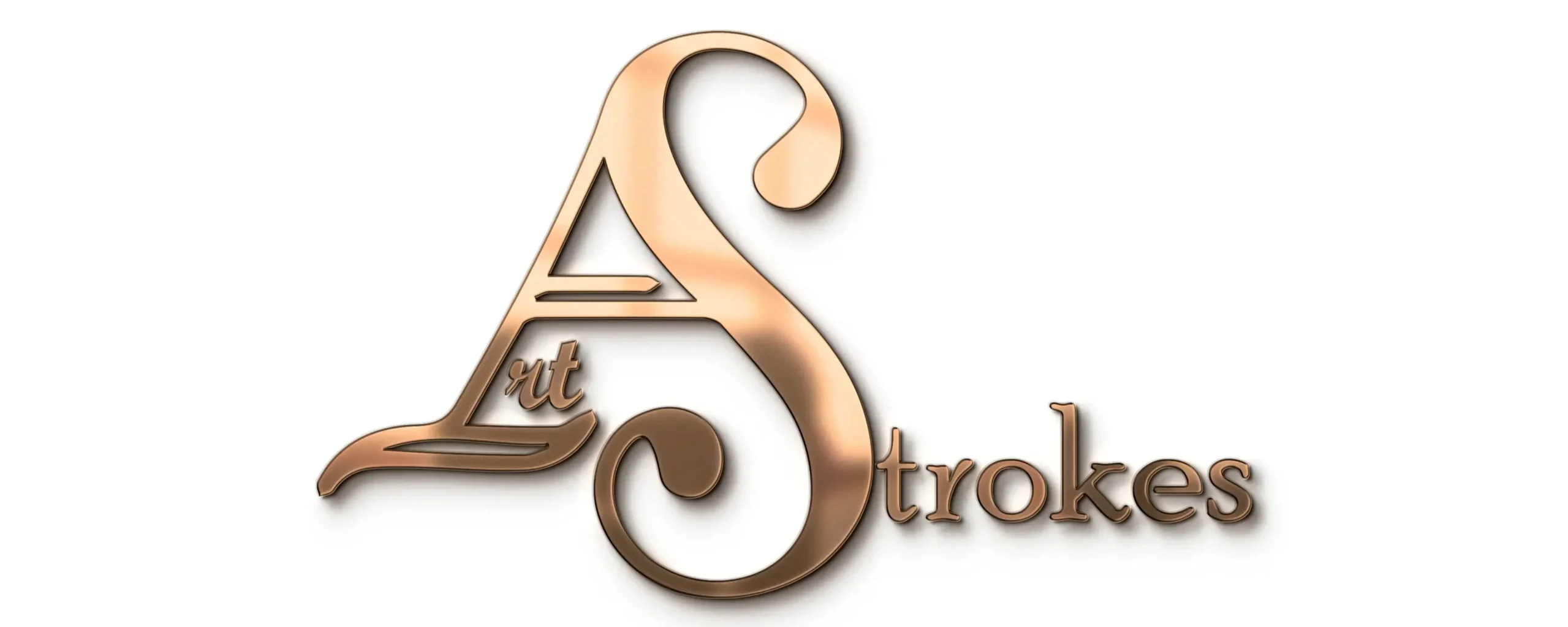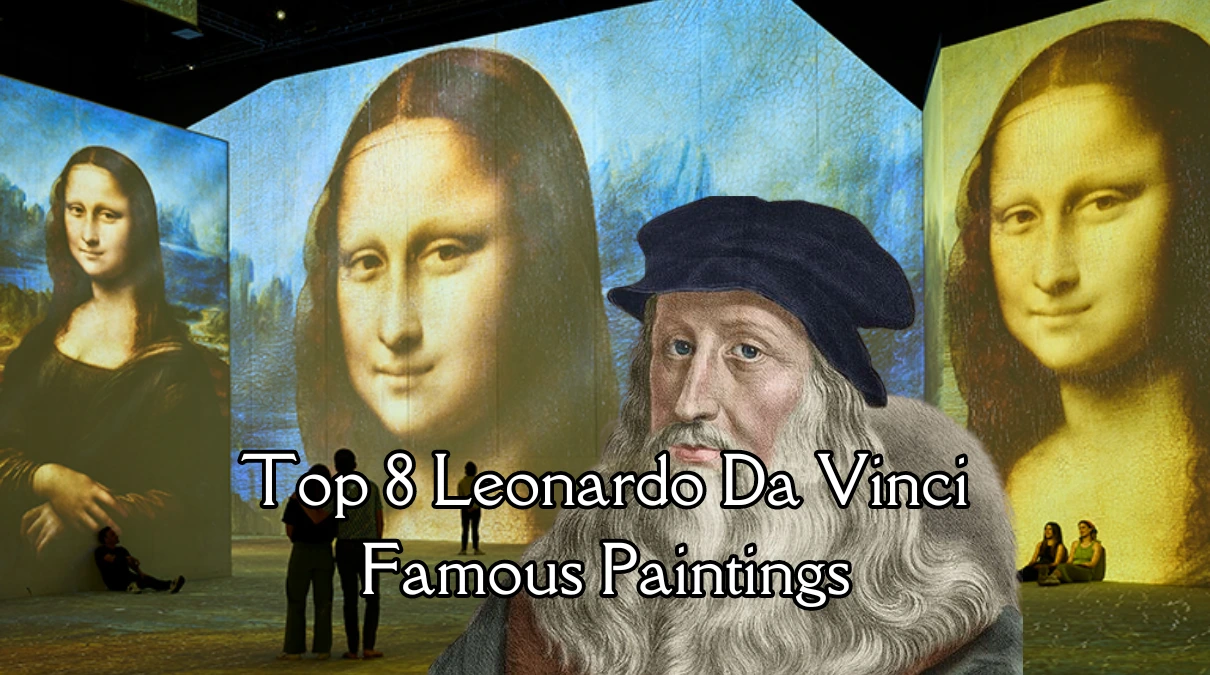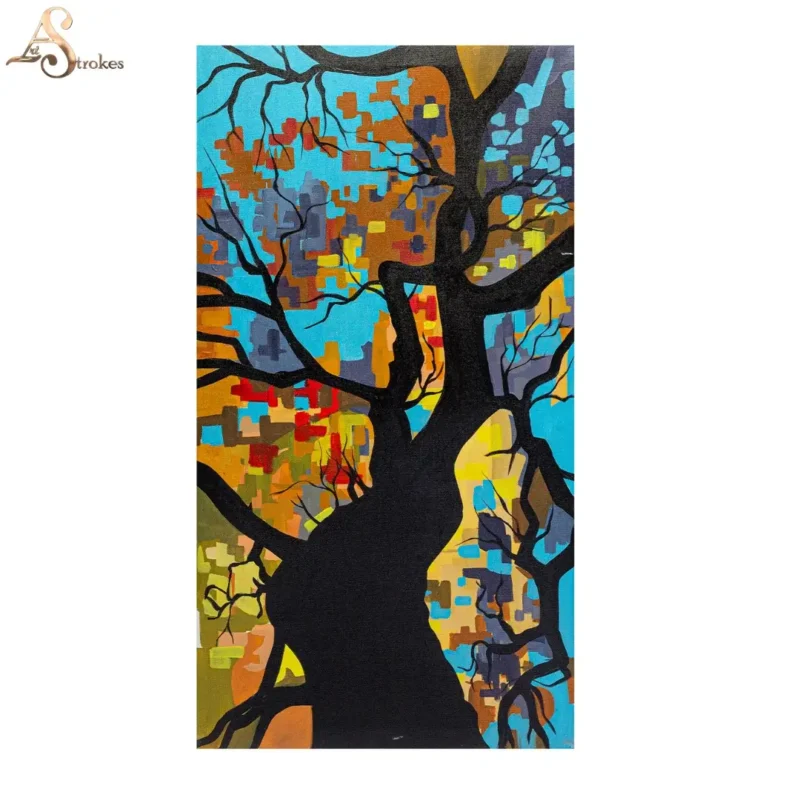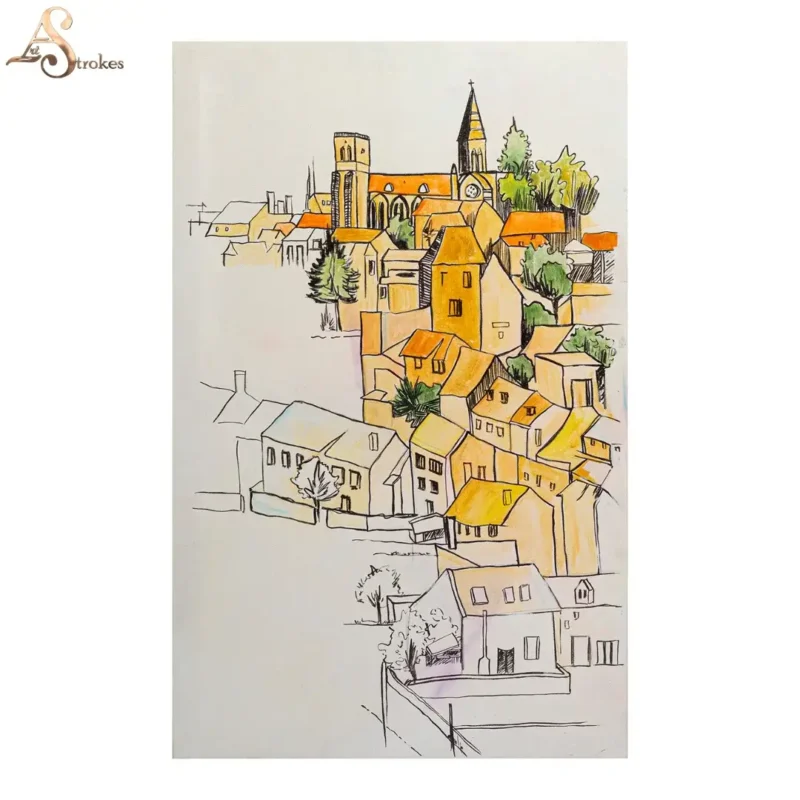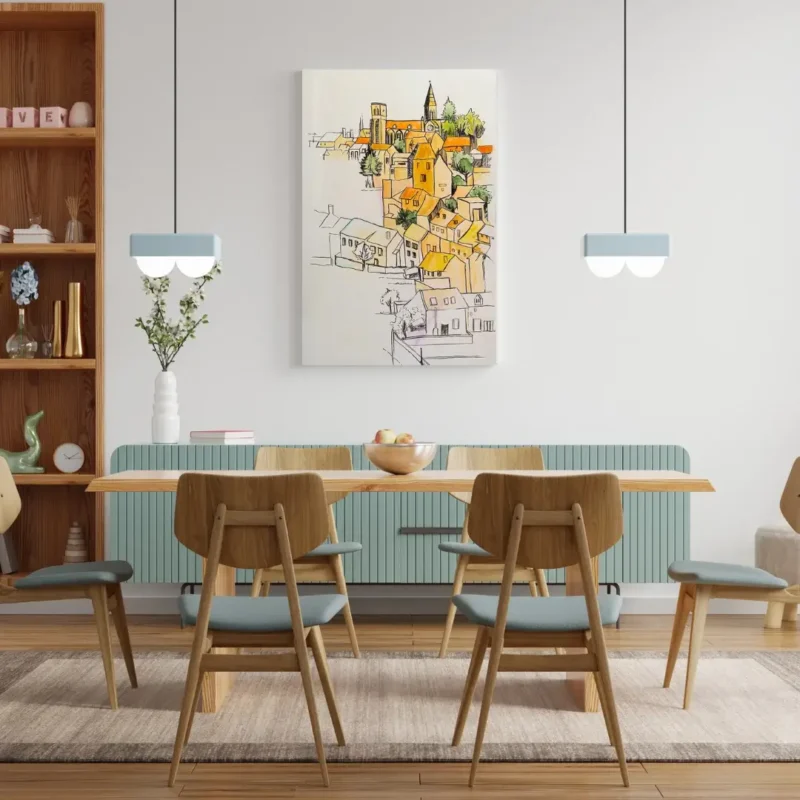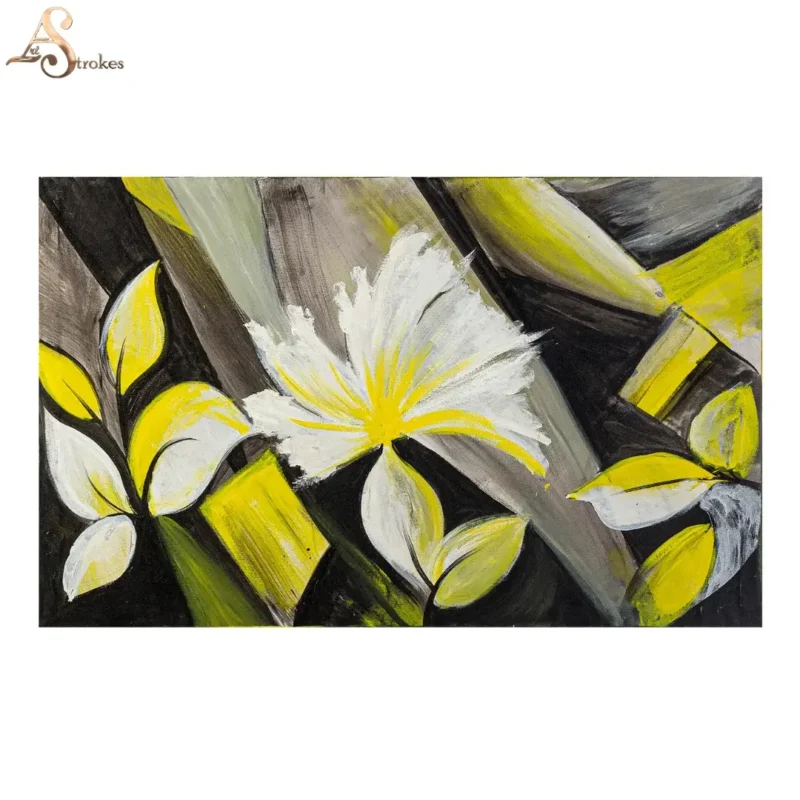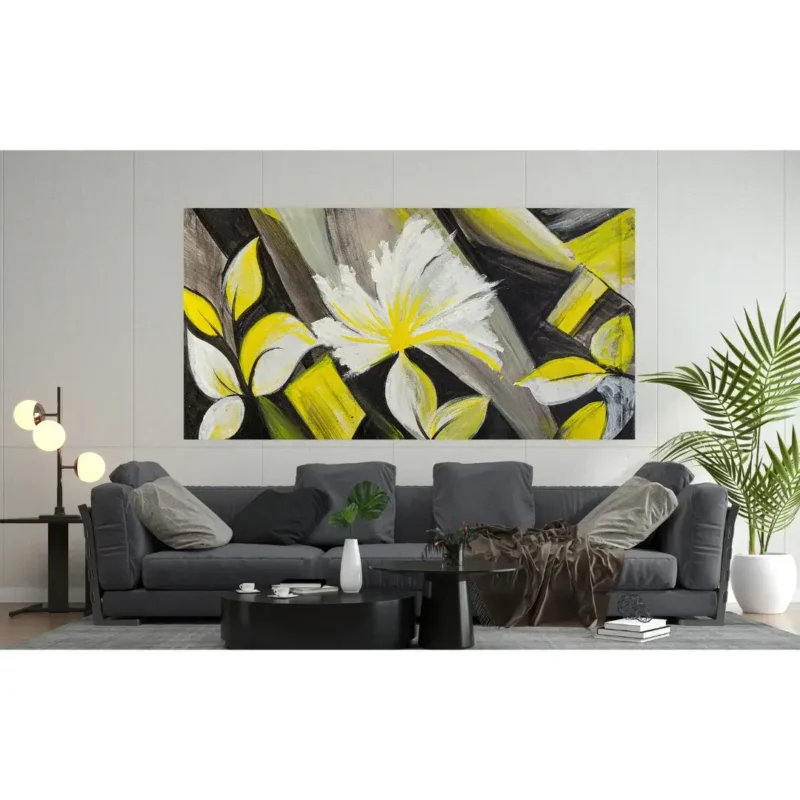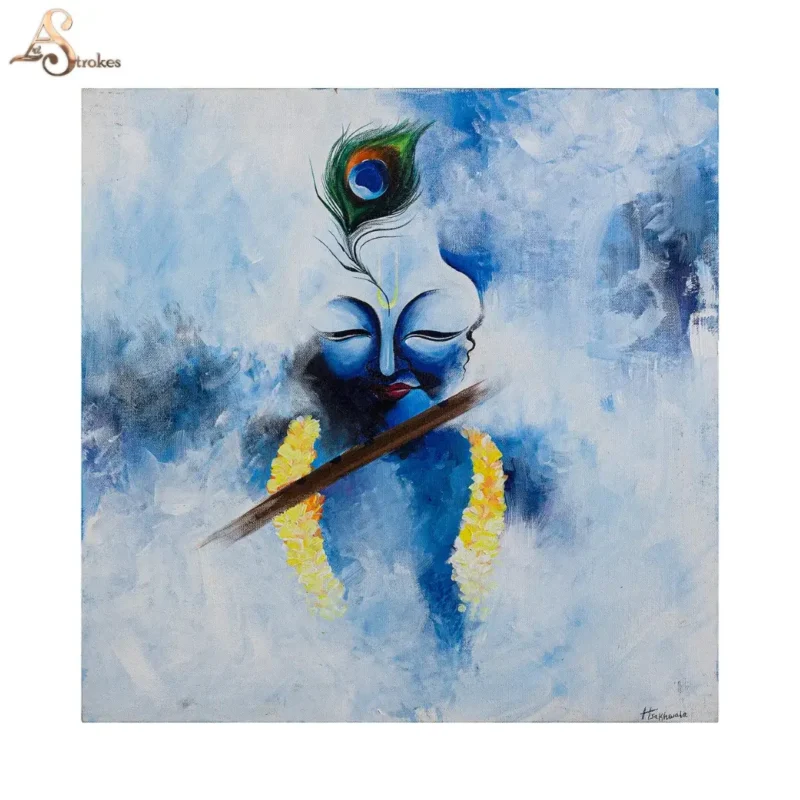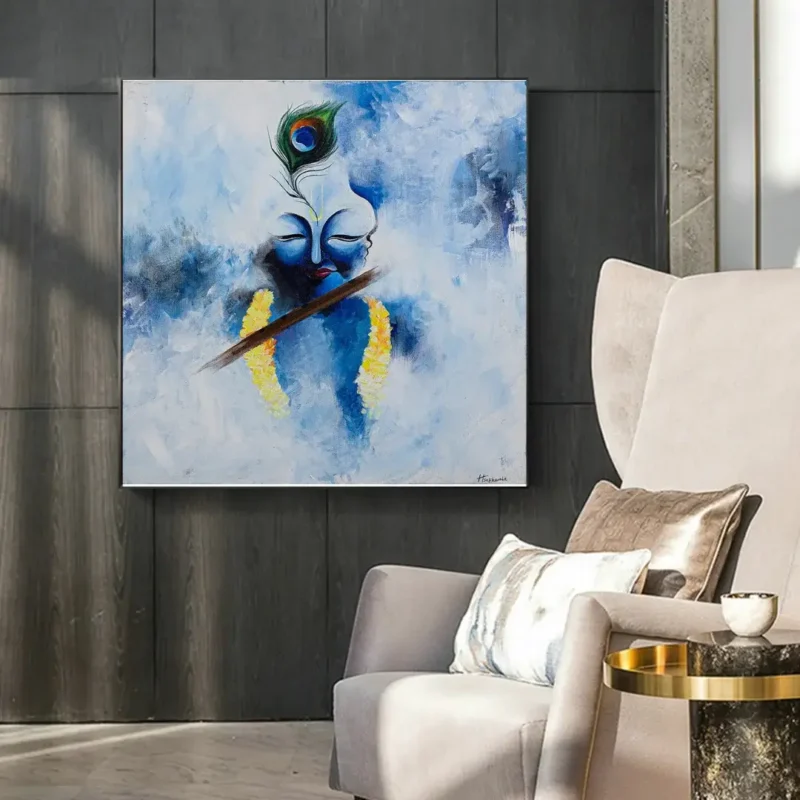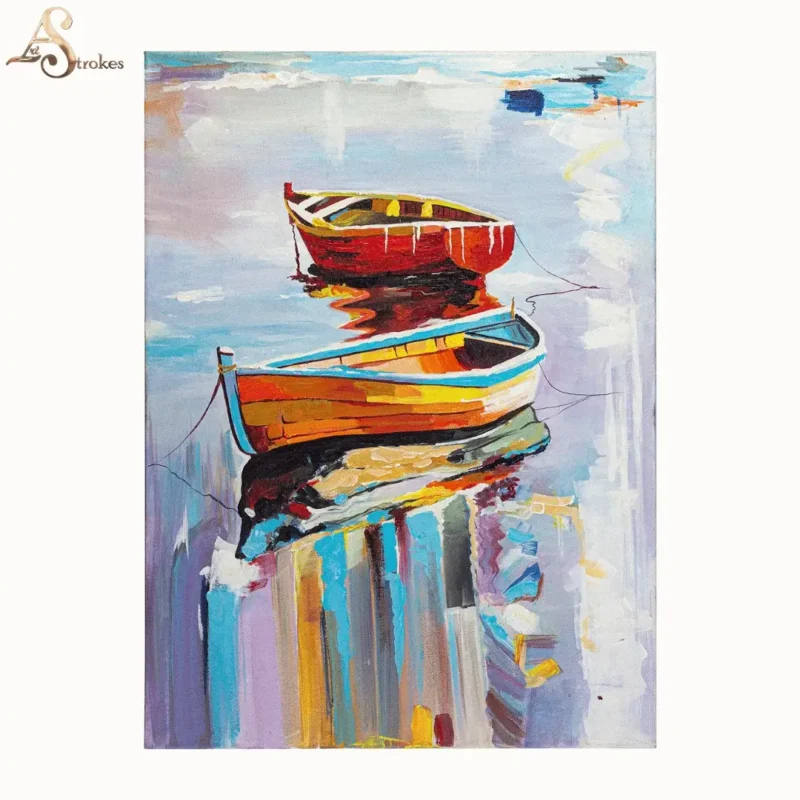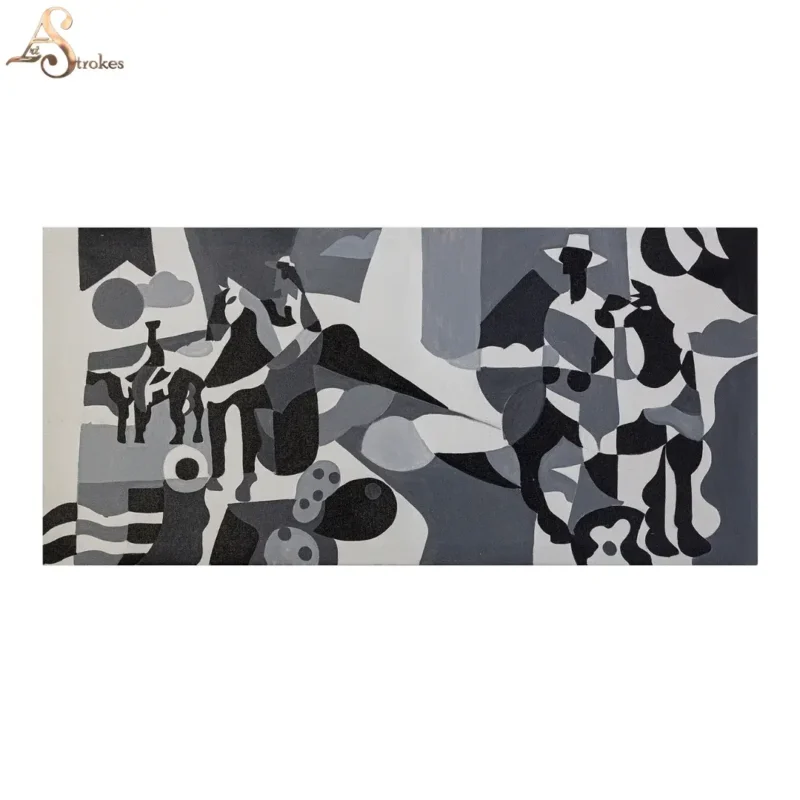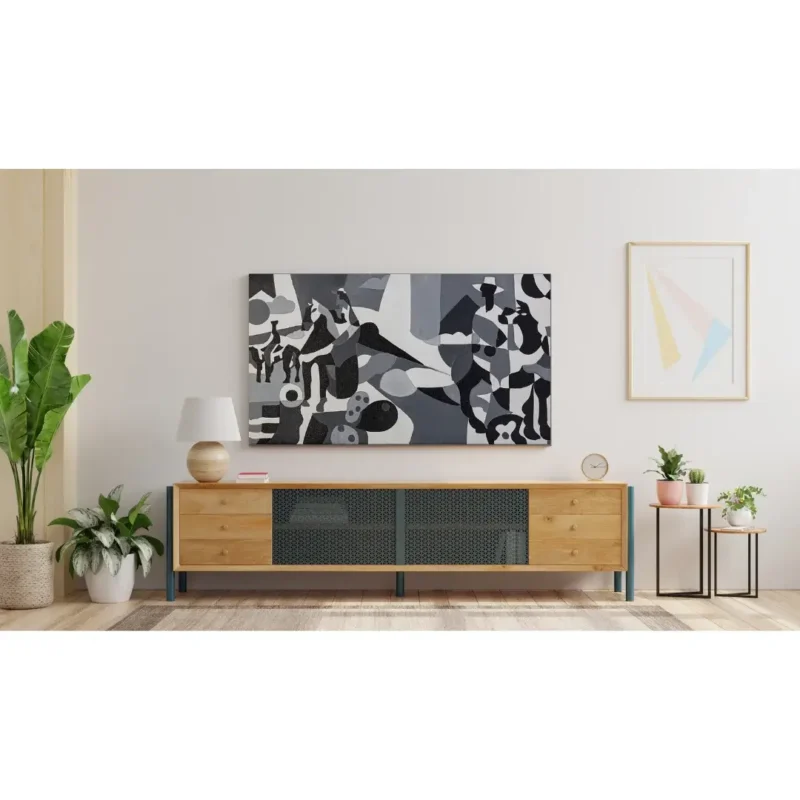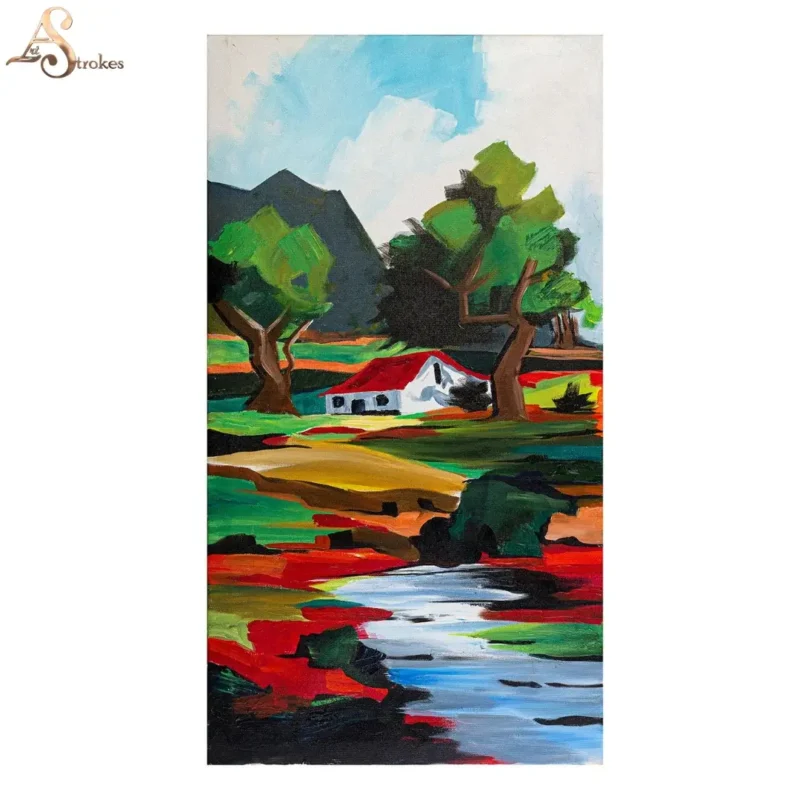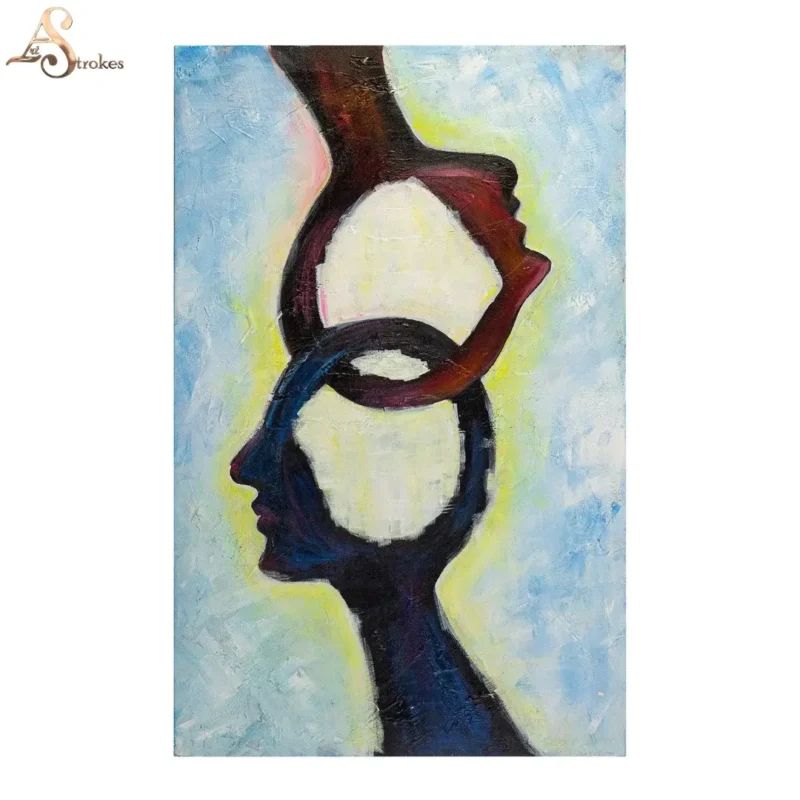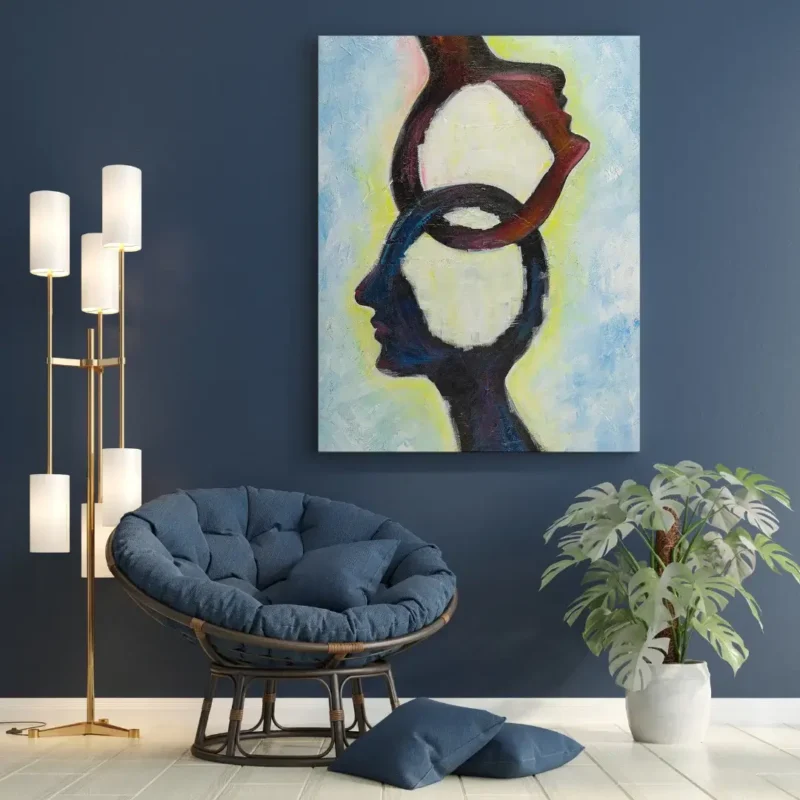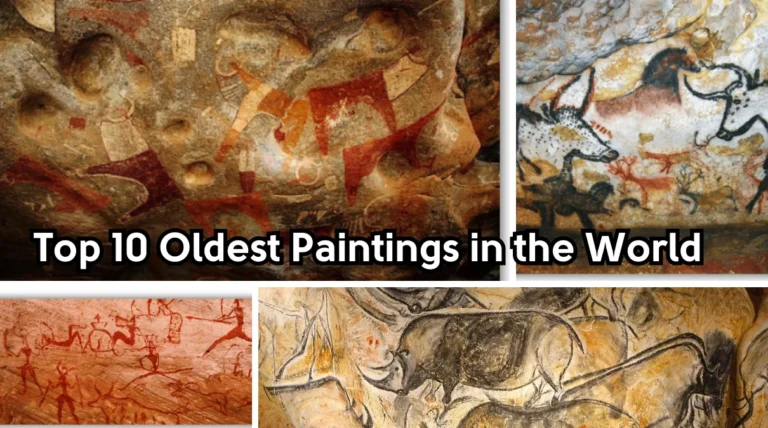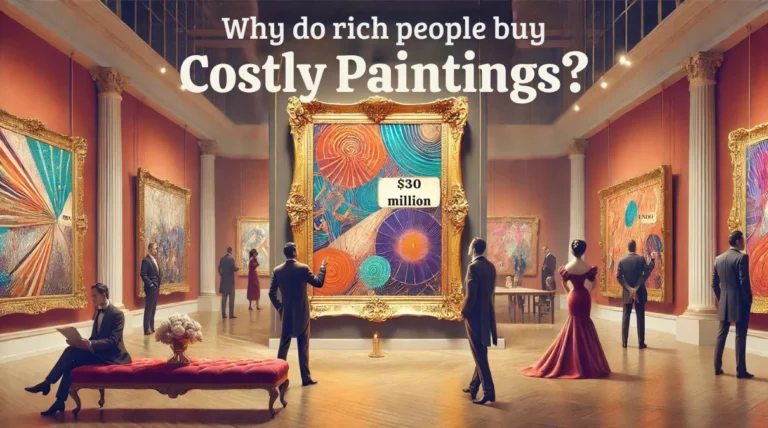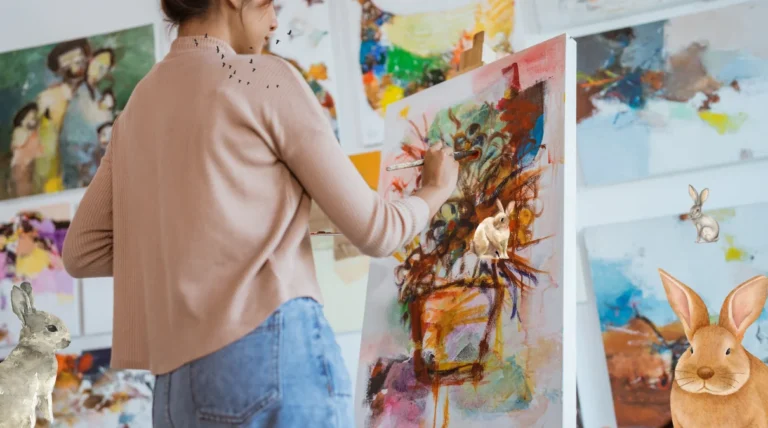Top 8 Leonardo Da Vinci Famous Paintings: A Glimpse into the Master’s Genius
Leonardo da Vinci, the epitome of the Renaissance, was not only an extraordinary painter but also a brilliant scientist, inventor, and thinker. His paintings have inspired generations and are admired for their intricate details, emotional depth, and groundbreaking techniques. Let’s explore some of his most famous and awe-inspiring works of art.
1. Mona Lisa (La Gioconda)
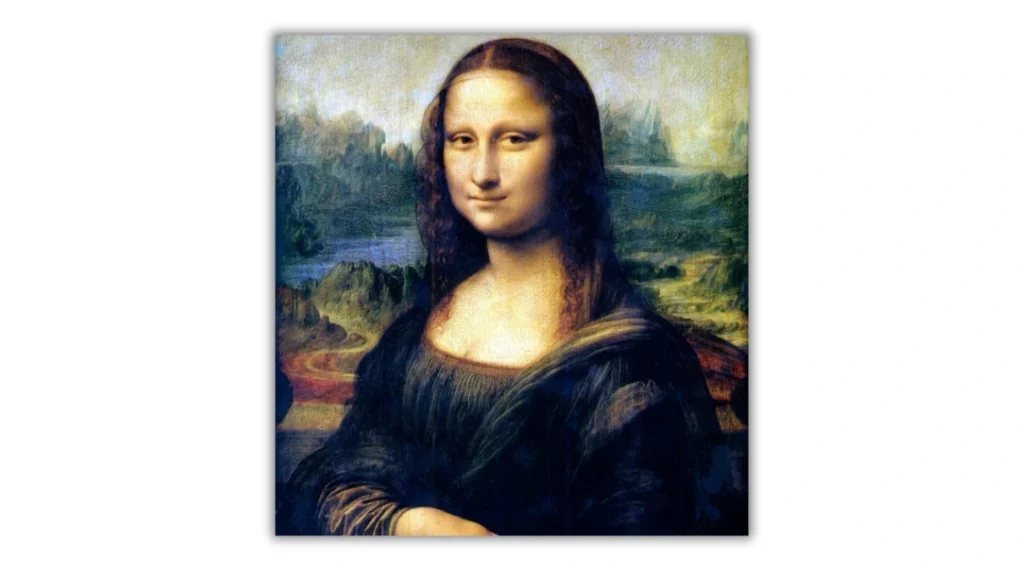
Arguably the most famous painting in the world, the Mona Lisa hangs in the Louvre Museum in Paris.
Completed around 1503-1506, it portrays a woman with an enigmatic smile that has fascinated viewers for centuries.
Her expression seems to shift depending on the angle and lighting, giving the painting its timeless mystery.
The technique of sfumato (blurring lines and edges) adds a lifelike softness to the subject’s features, making her seem almost real.
2. The Last Supper
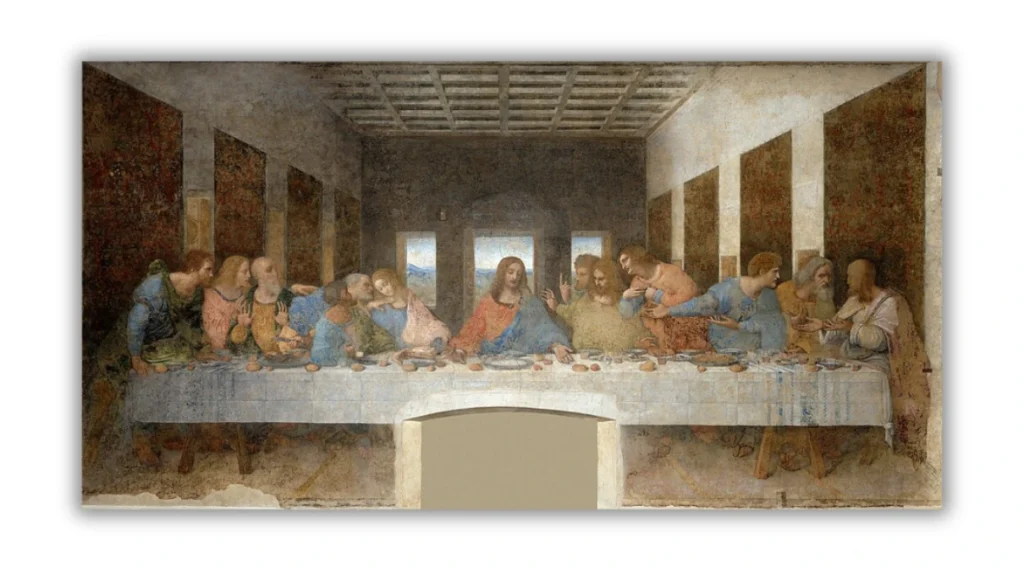
Painted between 1495 and 1498, The Last Supper is one of da Vinci’s most complex and celebrated works.
Located in the Convent of Santa Maria delle Grazie in Milan, this massive mural depicts the moment Jesus reveals to his disciples that one of them will betray him.
The painting captures the emotional reactions of each disciple, bringing intense drama to the scene.
Though time and restoration efforts have taken their toll, the original ingenuity of da Vinci’s work still shines through.
3. Vitruvian Man
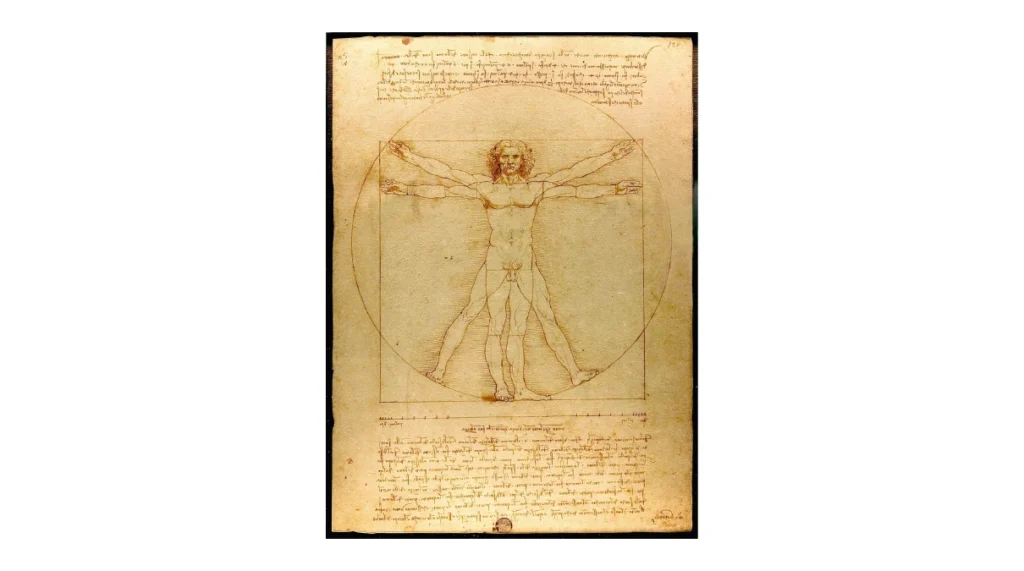
While not a traditional painting, Vitruvian Man is a world-famous sketch that reflects Leonardo’s fascination with anatomy, proportion, and geometry.
Created around 1490, this iconic drawing shows a perfectly proportioned man, representing the harmony between human anatomy and the universe.
It’s an embodiment of Leonardo’s belief in the interconnectedness of art and science.
4. Lady with an Ermine
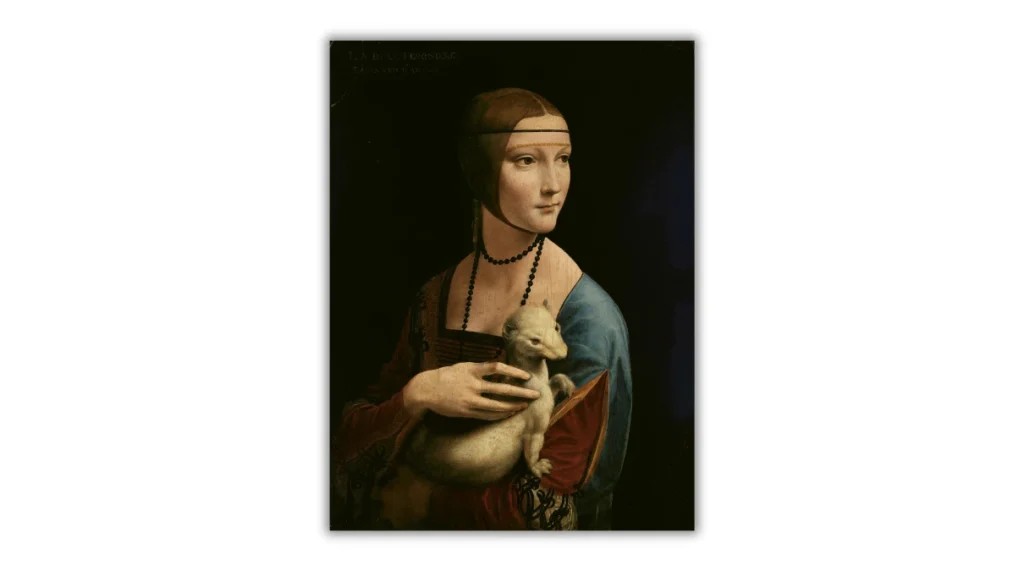
Painted between 1489 and 1490, Lady with an Ermine is a portrait of Cecilia Gallerani, a young woman from Milanese nobility.
The painting showcases da Vinci’s mastery of light and shadow, known as chiaroscuro, and his ability to capture the personality and intelligence of his subjects.
The ermine, a symbol of purity and moderation, adds a layer of symbolism to the painting, typical of Renaissance art.
5. The Baptism of Christ
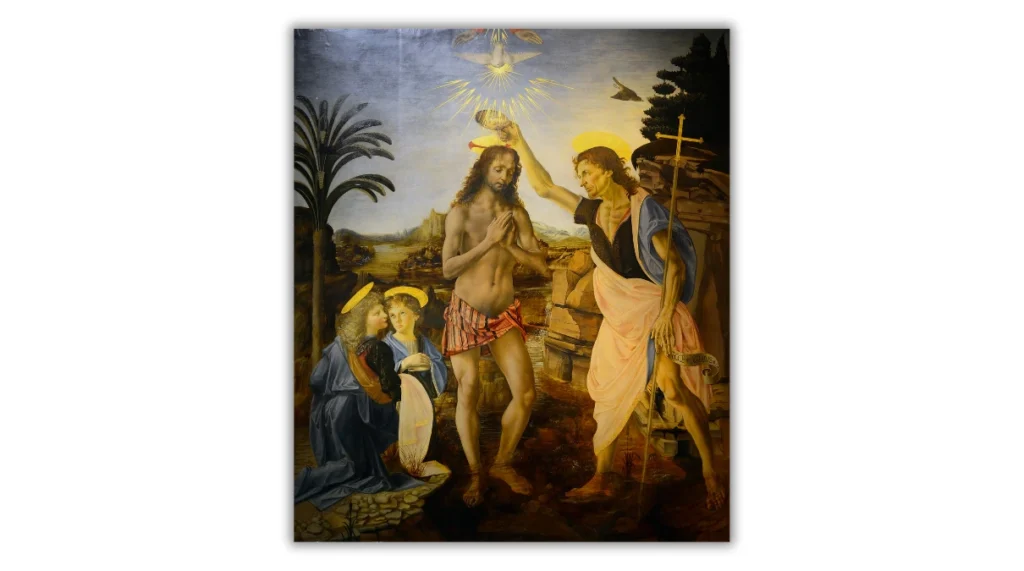
Leonardo collaborated on The Baptism of Christ with his master, Andrea del Verrocchio, in the late 1470s.
Though much of the work was done by Verrocchio, da Vinci is credited with painting the angel on the left, which is noticeably more graceful and detailed than the rest of the painting.
This work highlights Leonardo’s early talent and his potential for greatness even at a young age.
6. Ginevra de’ Benci
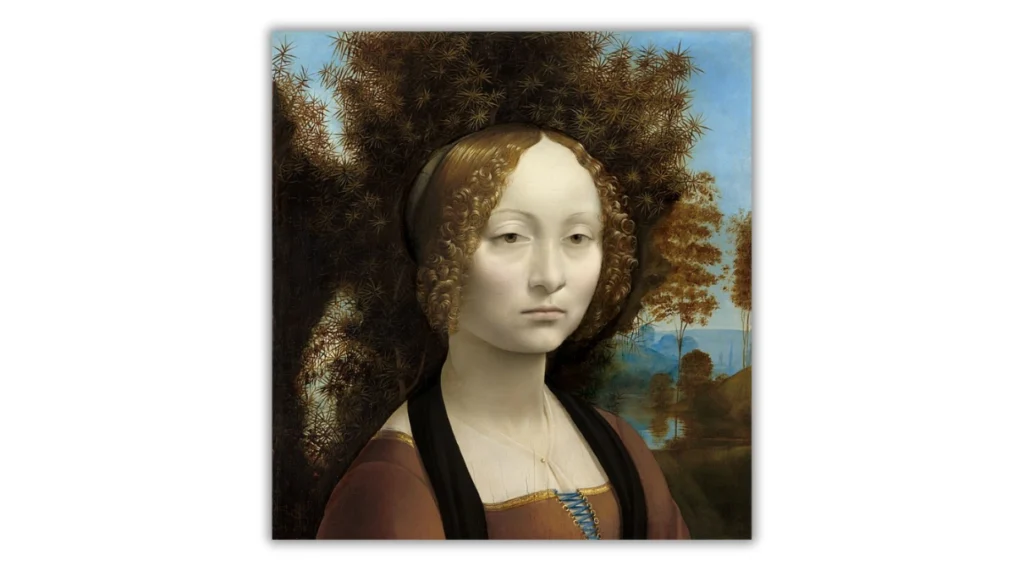
Ginevra de’ Benci, painted in the late 1470s, is one of Leonardo’s earliest portraits and one of the few da Vinci paintings located in the United States (National Gallery of Art, Washington D.C.).
This portrait is significant because it marks a departure from the flat, medieval-style portraits that were common at the time.
The lifelike quality of the figure and the naturalistic background show Leonardo’s growing understanding of perspective and human anatomy.
7. Saint John the Baptist
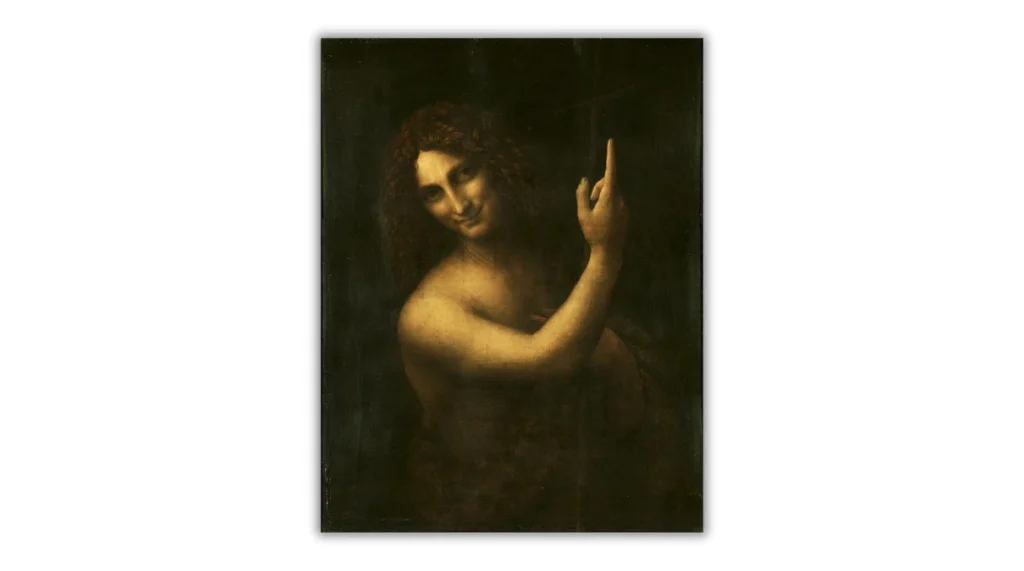
One of Leonardo’s later works, Saint John the Baptist (1513–1516), is noted for its ethereal and otherworldly quality.
John is depicted with a serene, almost otherworldly smile, pointing upward as if guiding viewers toward spiritual enlightenment.
The painting uses sfumato to create a soft, glowing effect around the figure, making it stand out against the dark background.
This subtle use of light and shadow was typical of da Vinci’s later style.
8. The Annunciation
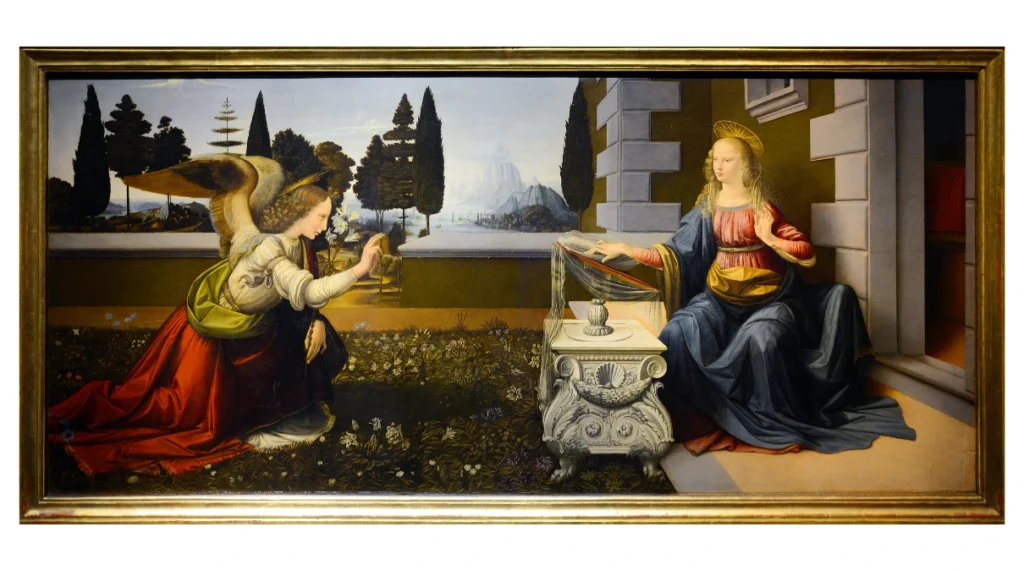
The Annunciation, painted in the late 1470s, depicts the angel Gabriel announcing to the Virgin Mary that she will give birth to Jesus.
Leonardo’s attention to detail is evident in the intricate depiction of the angel’s wings and the lush, natural background.
The use of perspective in the architecture and landscape also demonstrates his deep understanding of geometry and space.
Da Vinci’s Legacy
Leonardo da Vinci’s paintings are more than just works of art—they are windows into the mind of a genius. His mastery of anatomy, perspective, light, and emotion set new standards in art, influencing generations of artists after him. Each painting, whether a famous masterpiece or a lesser-known work, reflects da Vinci’s relentless pursuit of knowledge and his desire to merge art and science.
His ability to capture the complexities of the human experience has solidified his reputation as one of the greatest painters in history.
